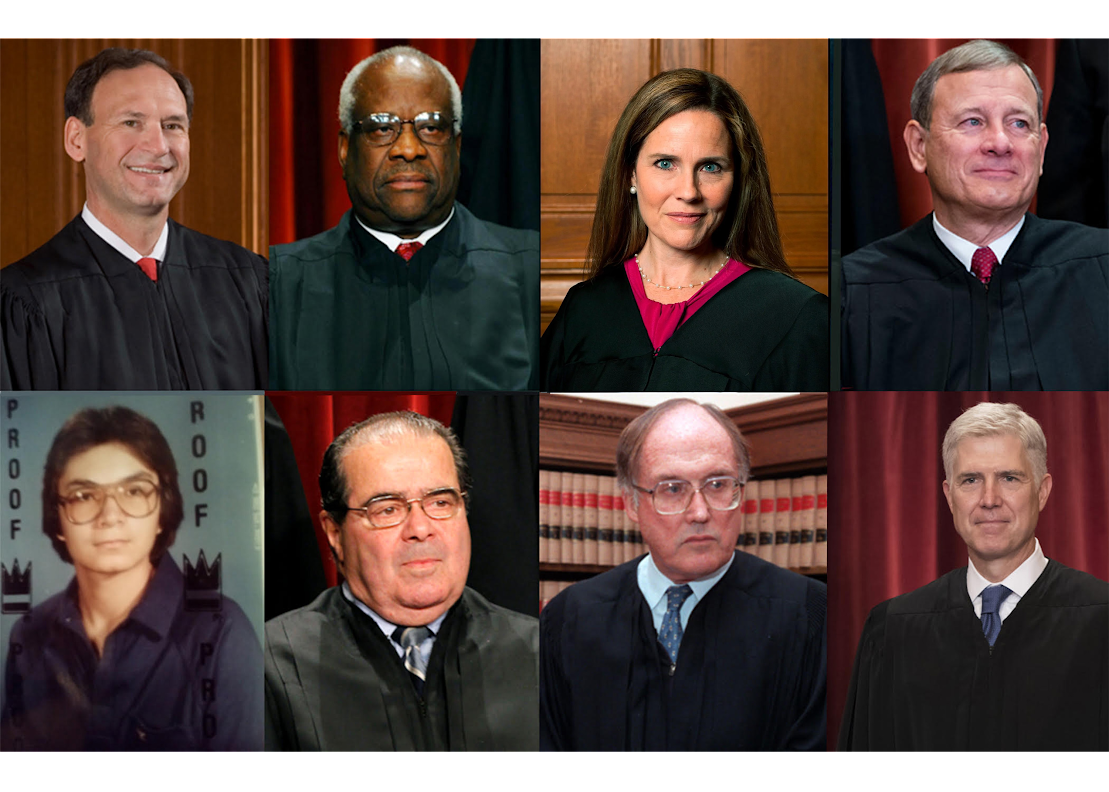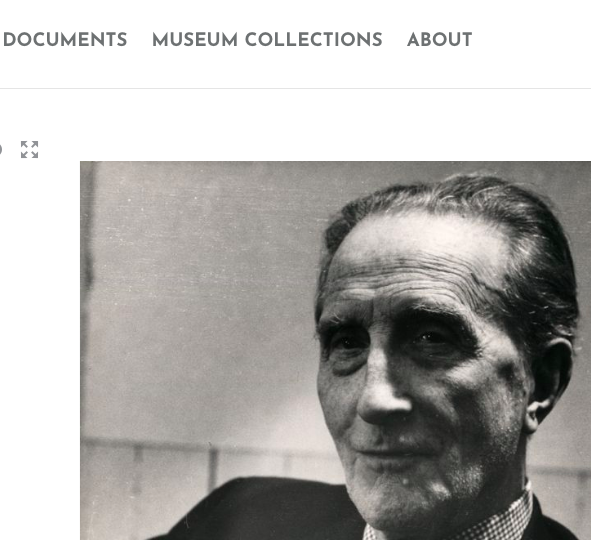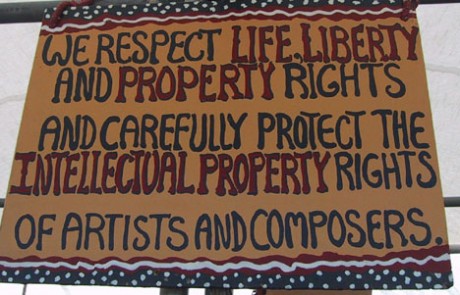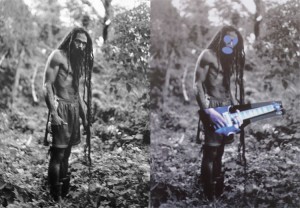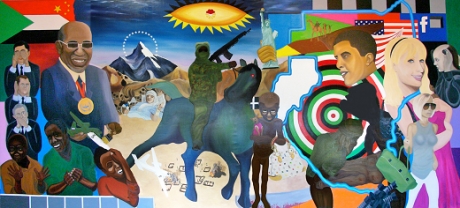Artinfo wonders what we’ve learned from the recent copyright and moral rights lawsuits involving artists. A little over a year ago I asked, “Why is copyright (suddenly) such a hot topic for artists?” and proposed the following,
The last few years have raised important copyright issues and concerns for artists. There are three main factors which have impacted – and will continue to impact – how visual artists relate to each other, to art institutions, and to other intellectual property right holders when it concerns issues of copyright.
I essentialized this phenomenon to the following three factors: economic recession, education regarding intellectual property and artists’ rights, and increase in litigation. You can read the rest of my thoughts on this here.
Yesterday, Artinfo posted a lengthy overview of recent cases involving Shepard Fairey, Chapman Kelley, Jeff Koons, and the recent Richard Prince knockout. Here’s a bit on their take,
Patrick Cariou’s victory last Friday in his copyright suit against artist Richard Prince — which determined that Prince’s work did not sufficiently transform or comment on Cariou’s original — signaled another startling development in the troubled and troubling history of fair-use rulings concerning the arts. But is it consistent with the other zany lawsuits of late that have seen artists go head to head with the laity in legal battles over supposed appropriation?
Are we seeing the tip of the iceberg? My guess is “yes,” and I would add that we’re only seeing the beginning. This is going to be a wild ride, and if the Cariou v. Prince outcome is any indication, a ride that will show how law — as both process and medium — will revolutionize how culture is produced and received.


